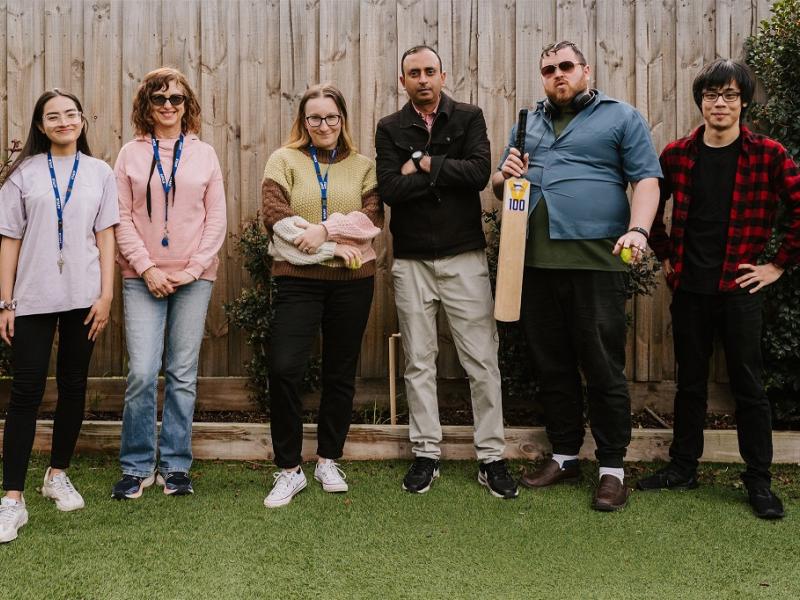The recently released Workplace Gender Equality Agency (WGEA) data demonstrates Mind’s commitment to gender equality.
The publicly available results shows that while the average gender pay gap across Australia is 19% in favour of men, Mind employees do not experience pay inequality.
The gender pay gap refers to the difference between the average or median pay of women and men across organisations, industries and the workforce. The WGEA states it is a measure of how we value the contribution that men and women make to the workforce and shouldn’t be confused with equal pay, which has been a legal requirement since 1969.
This year, the WGEA reported that:
- The median total remuneration pay gap in Australia for 2022-23 was 19% in favour of men
- Only 30% of employers have a median gender pay gap between the target range of -5% and +5%.
- 62% of median employer gender pay gaps are over 5% and in favour of men.
- Across all employers, 50% have a gender pay gap of over 9.1%.
With the gender pay gap at 19%, it means that, on average, women earn 81 cents to every dollar a man earns.
Mind’s Executive Director of People Experience, Gracie Karabinis, said that Mind prioritises achieving an inclusive workplace.
“I am proud to be part of an organisation which is published as having a 0% median Gender Pay Gap. I am also proud that 71% of our Executive and Board are women and 73% of Mind’s Managers are women,” Gracie said.
“As a mental health organisation, we know that gender equality is paramount to the health and wellbeing of all Australians. We also know that when women are provided opportunities and support in leadership positions, they and their organisations thrive.”
“That’s why we strive towards gender equality and demonstrate an inclusive workplace for all.”
Mind is also working towards ambitious targets to improve its lived experience workforce and proportion of staff who identify as Aboriginal and Torres Strait Islander.
“We seek to embed the wisdom and insights of lived experience in all of our work,” Gracie said.
“We know that employing people with lived expertise throughout our organisation is essential to ensuring human rights and justice-informed approaches are central to how we work.
“That’s why we have set a target in our Lived Experience Strategy of 20% of our total workforce in designated lived experience roles.
“I am pleased to say we on track to meet this goal by the end of this year and currently 16% of our workforce is made up of designated lived experience roles.”
Through Mind’s Reconciliation Action Plan, the organisation has committed to improving employment outcomes by increasing Aboriginal and Torres Strait Islander recruitment, retention and professional development.
“Currently 2% of our workforce identify as Aboriginal and Torres Strait Islander, which is steadily increasing each year. We are likely to meet our identified target of 3% by our own timeframe of March 2025.”
For more information on the WGEA data, go to: www.wgea.gov.au
